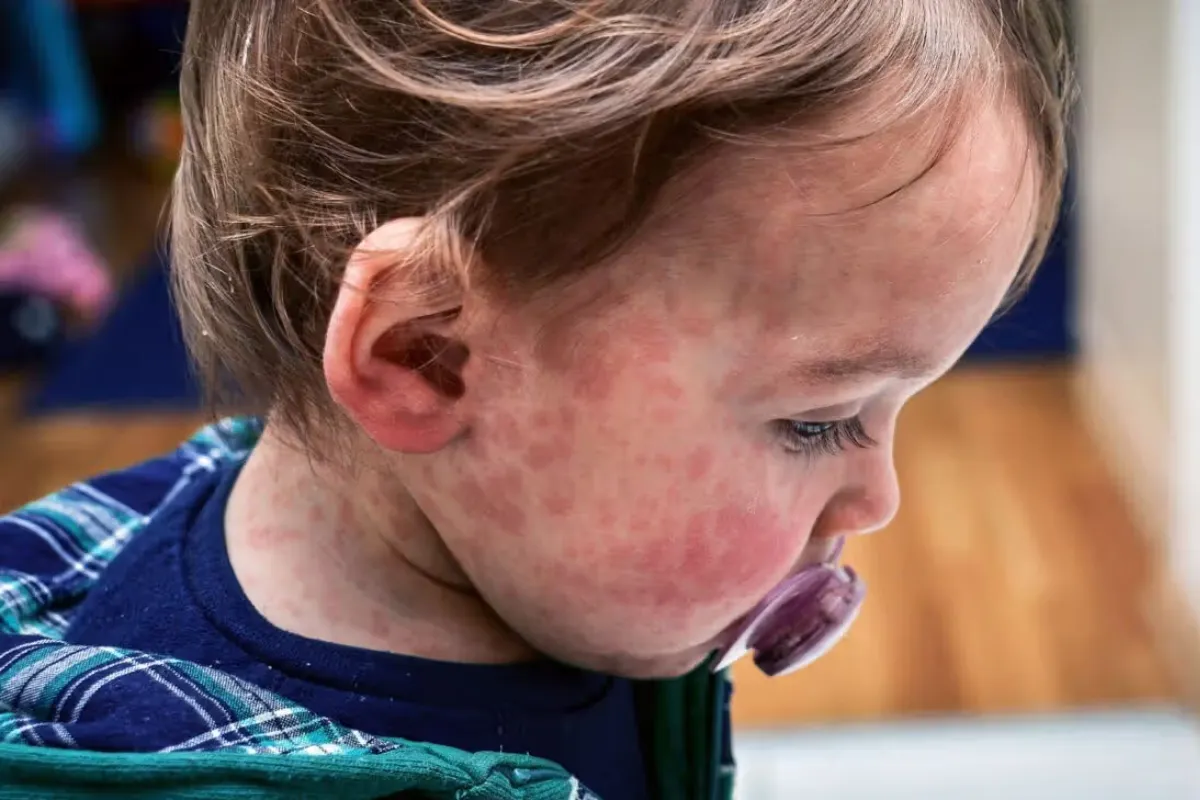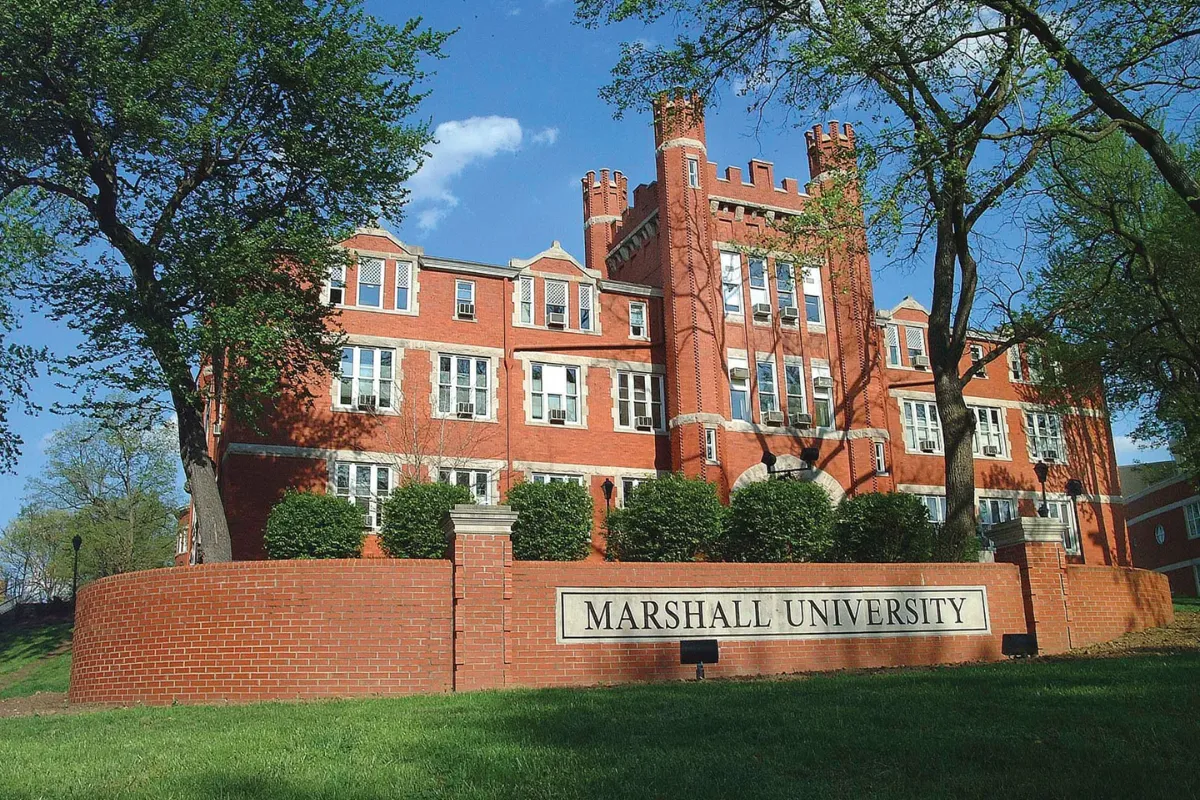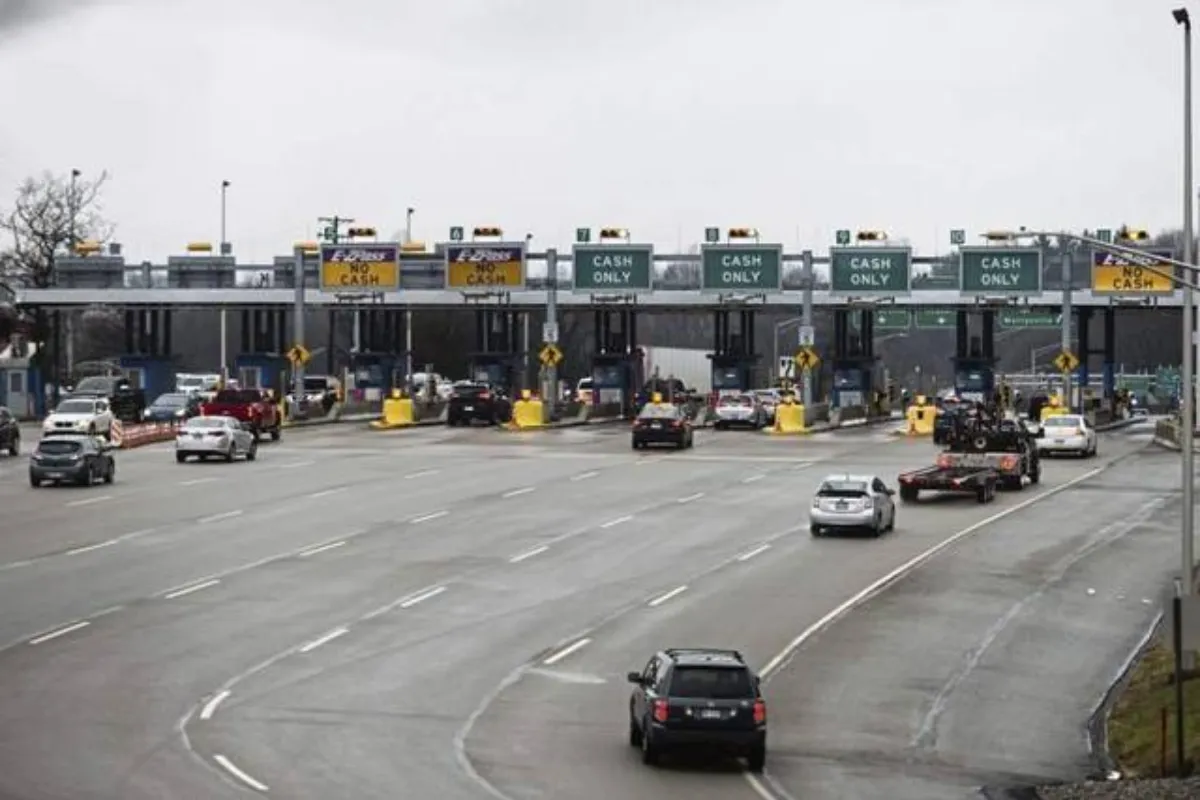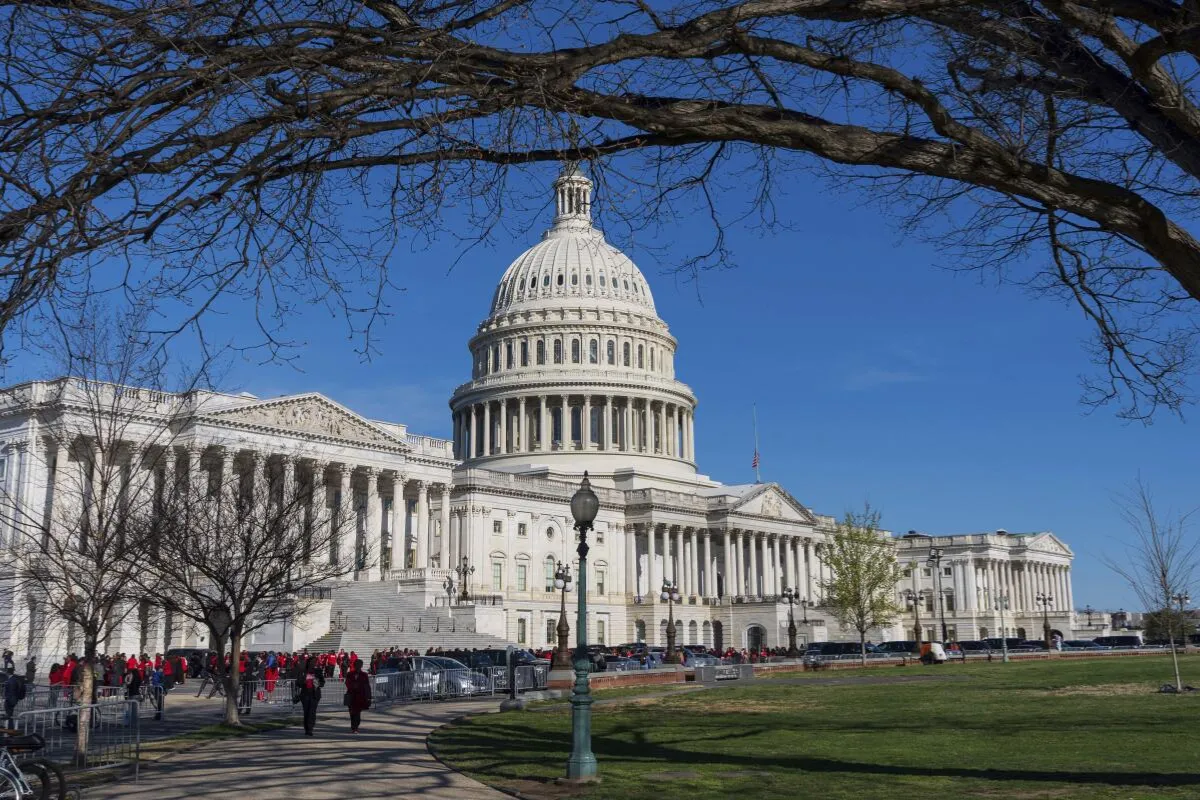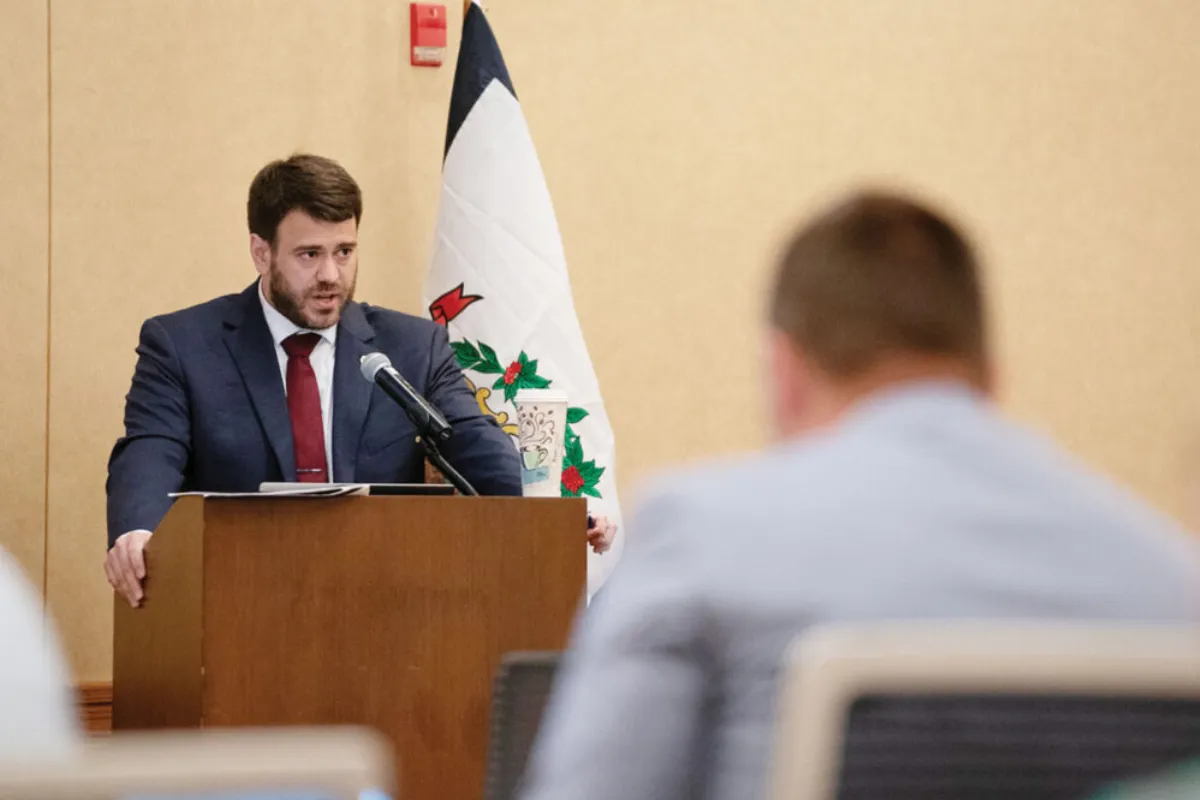The United States is currently battling one of the worst measles outbreaks in recent years, raising serious concerns among health officials and the public alike.
According to the Johns Hopkins Bloomberg School of Public Health’s Center for Outbreak Response Innovation, measles cases in the U.S. have reached 1,014 across 31 jurisdictions as of May 13, 2025. For comparison, all of 2024 saw just 285 cases spread across 33 jurisdictions.
The Centers for Disease Control and Prevention (CDC) has confirmed 14 measles outbreaks so far this year. An outbreak is defined as three or more related cases in a community. In all of 2024, the CDC recorded 16 outbreaks. The rising trend this year, already matching or exceeding past records, has experts wondering: when will this outbreak finally come to an end?
Dr. Paul Offit, director of the Vaccine Education Center at the Children’s Hospital of Philadelphia and a leading infectious disease expert, believes that the end may be near—at least for now.
Offit, who lived through the massive 1990–1991 measles outbreak in Philadelphia that resulted in over 1,400 cases and the tragic deaths of nine children, notes that measles tends to follow a seasonal pattern.
“Measles is essentially a winter disease,” Offit explained. “Back in the early ’90s, we stopped seeing cases beyond mid-May. I think we’re approaching that point now in 2025.”
He added that current case numbers may be starting to decline as spring progresses, offering a temporary reprieve. However, he issued a stark warning: “If we continue to choose not to vaccinate our children, it’ll be back again next winter.”
The highly contagious nature of measles makes it especially dangerous in communities with low vaccination coverage. The measles, mumps, and rubella (MMR) vaccine is known to be highly effective.
One dose is about 93% effective, and two doses increase protection to around 97%. According to Offit, this level of efficacy is critical because measles has a relatively long incubation period—up to two or three weeks—allowing the immune system enough time to respond if it’s been previously primed through vaccination.
“The vaccine provides immunological memory,” Offit said. “That’s enough time for those memory cells to activate and start producing protective antibodies, even preventing mild symptoms.”
Despite this, Offit fears that the U.S. may have already lost its herd immunity. He estimates that the true number of measles cases this year may be significantly underreported—possibly between 3,000 and 5,000 cases. That’s well beyond the 1,274 cases reported in 2019, the previous high since measles was declared eliminated in the U.S. in 2000.
Offit added that while there have been a few breakthrough infections in vaccinated individuals, these cases are almost always very mild. “People who are vaccinated may still get measles, but their symptoms are generally mild because the vaccine is so remarkably effective.”
The takeaway? While this current outbreak may slow down as spring turns to summer, the risk isn’t going away. Without stronger vaccination efforts, the U.S. could face even worse outbreaks in the winters ahead. Offit and other experts stress the importance of restoring confidence in vaccines and increasing access, especially in communities with low immunization rates.
Vaccination remains the most powerful tool to prevent not just the return of measles—but also unnecessary suffering and death. As we inch closer to summer, there’s hope the outbreak may subside for now, but its return is almost guaranteed unless vaccination rates climb back to safe levels.
